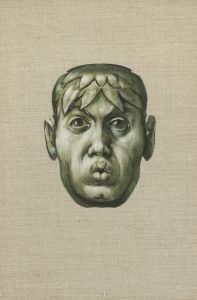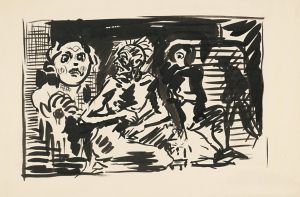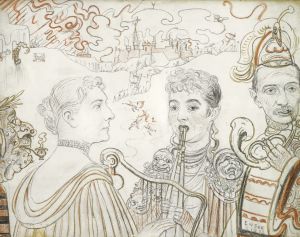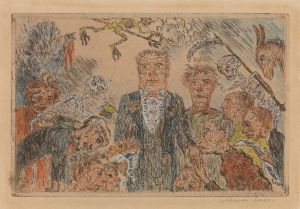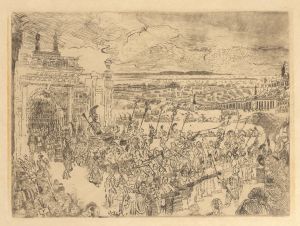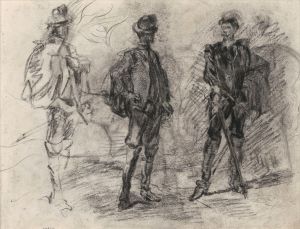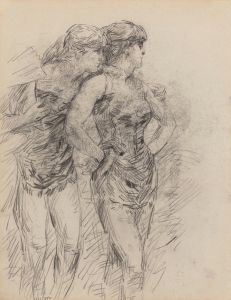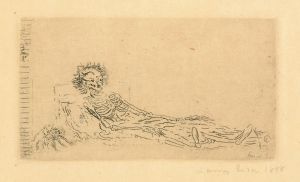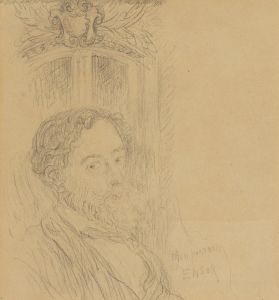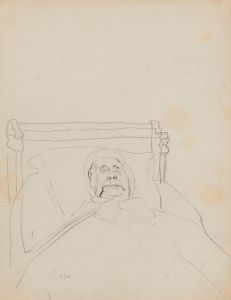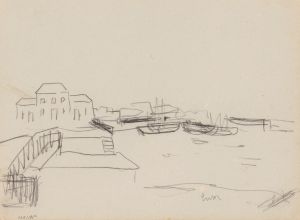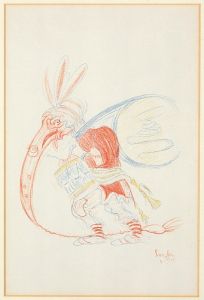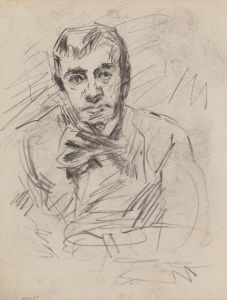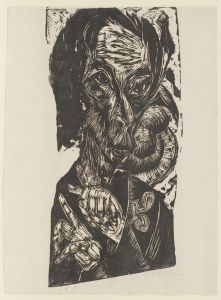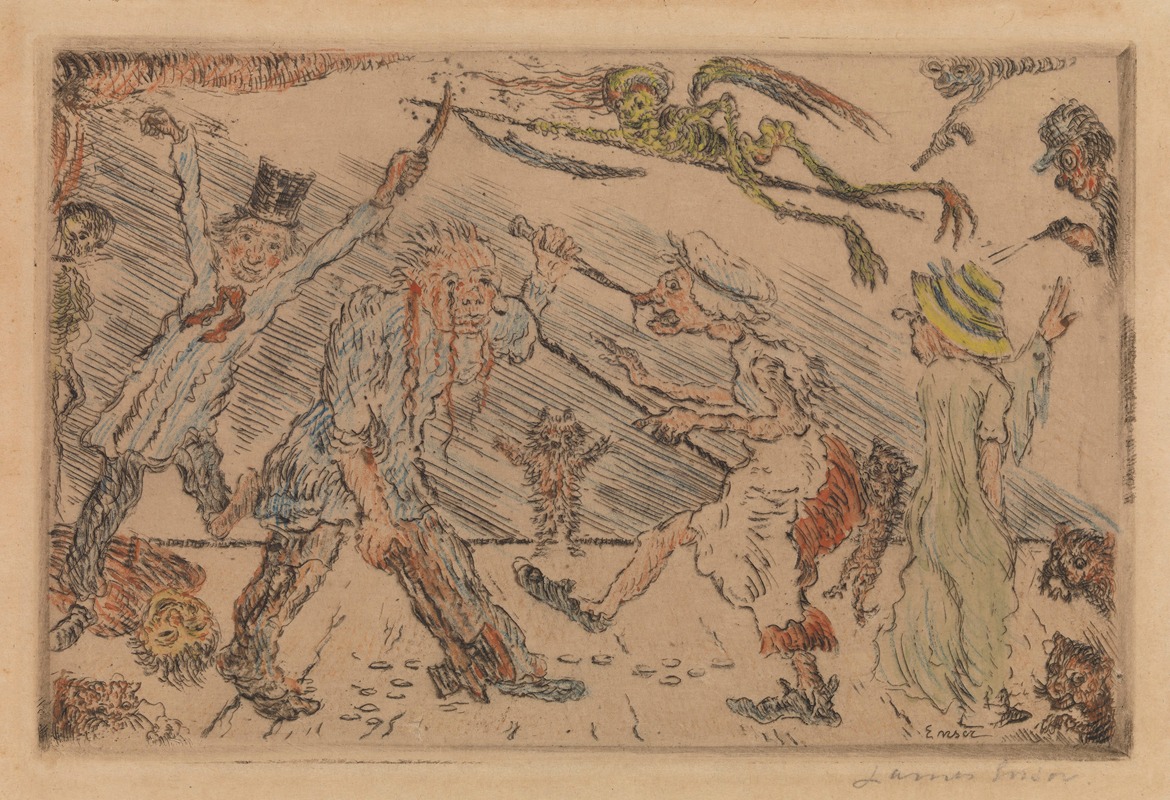
Anger
A hand-painted replica of James Ensor’s masterpiece Anger, meticulously crafted by professional artists to capture the true essence of the original. Each piece is created with museum-quality canvas and rare mineral pigments, carefully painted by experienced artists with delicate brushstrokes and rich, layered colors to perfectly recreate the texture of the original artwork. Unlike machine-printed reproductions, this hand-painted version brings the painting to life, infused with the artist’s emotions and skill in every stroke. Whether for personal collection or home decoration, it instantly elevates the artistic atmosphere of any space.
James Ensor's painting "Anger" is a notable work by the Belgian artist, who is renowned for his unique style and contribution to the Symbolist movement. Ensor, born in 1860 in Ostend, Belgium, was a pivotal figure in the transition from the 19th-century artistic traditions to the modernist movements of the 20th century. His work often features fantastical elements, grotesque figures, and a vivid use of color, reflecting his interest in themes of existential angst, satire, and the human condition.
"Anger" is a part of Ensor's broader oeuvre that frequently explores intense emotions and psychological states. While specific details about the painting "Anger" are limited, it can be contextualized within Ensor's thematic focus on the darker aspects of human nature. Ensor's paintings often depict chaotic scenes filled with masks, skeletons, and other macabre imagery, symbolizing the hidden facets of human emotions and societal critiques.
Ensor's style is characterized by bold, expressive brushwork and a vibrant palette, which he uses to convey emotional intensity and drama. His work is often seen as a precursor to Expressionism, influencing later artists who sought to depict subjective emotions and experiences. Ensor's fascination with masks and theatricality is evident in many of his works, where he uses these motifs to explore themes of identity, deception, and the duality of human nature.
Throughout his career, Ensor was associated with the avant-garde group Les XX (The Twenty), a collective of artists who were instrumental in introducing modern art to Belgium. His work was initially met with resistance and controversy due to its unconventional style and provocative subject matter. However, Ensor eventually gained recognition and acclaim, becoming a significant figure in the art world.
Ensor's exploration of anger and other intense emotions can be seen as a reflection of his own experiences and the societal changes occurring during his lifetime. The late 19th and early 20th centuries were periods of significant upheaval and transformation, with rapid industrialization, social change, and the rise of new philosophical ideas. Ensor's art captures the tension and uncertainty of this era, using vivid imagery to express the complexities of human emotion.
In summary, while specific information about the painting "Anger" by James Ensor is limited, it can be understood within the broader context of Ensor's artistic themes and style. His work is characterized by its exploration of intense emotions, use of symbolic imagery, and critique of societal norms. Ensor remains an influential figure in art history, known for his innovative approach and contribution to the development of modern art.





